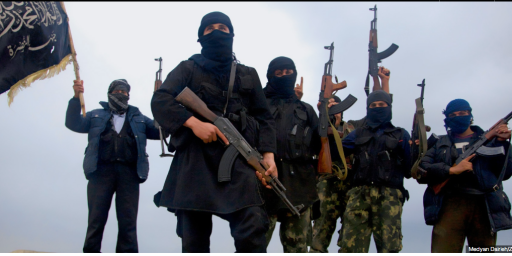Rethinking Al Qaeda
Jason Burke has an interesting web-only on the Foreign Policy website which seeks to debunk several myths about al Qaeda. A couple of excerpts:
It was the FBI—during its investigation of the 1998 U.S. Embassy bombings in East Africa—which dubbed the loosely linked group of activists that Osama bin Laden and his aides had formed as “al Qaeda.†This decision was partly due to institutional conservatism and partly because the FBI had to apply conventional antiterrorism laws to an adversary that was in no sense a traditional terrorist or criminal organization.
Although bin Laden and his partners were able to create a structure in Afghanistan that attracted new recruits and forged links among preexisting Islamic militant groups, they never created a coherent terrorist network in the way commonly conceived. Instead, al Qaeda functioned like a venture capital firm—providing funding, contacts, and expert advice to many different militant groups and individuals from all over the Islamic world.
Today, the structure that was built in Afghanistan has been destroyed, and bin Laden and his associates have scattered or been arrested or killed. There is no longer a central hub for Islamic militancy. But the al Qaeda worldview, or “al Qaedaism,†is growing stronger every day. This radical internationalist ideology—sustained by anti-Western, anti-Zionist, and anti-Semitic rhetoric—has adherents among many individuals and groups, few of whom are currently linked in any substantial way to bin Laden or those around him. They merely follow his precepts, models, and methods. They act in the style of al Qaeda, but they are only part of al Qaeda in the very loosest sense. That’s why Israeli intelligence services now prefer the term “jihadi international†instead of “al Qaeda.â€
Christopher Hitchens has likewise taking to calling the “war on terror” the “war against jihad,” saying it more correctly identifies our adversary.
Burke dubs a myth the idea that “the Militants Seek to Destroy the West so They Can Impose a Global Islamic State†but his explanation isn’t particularly comforting:
slamic militants’ main objective is not conquest, but to beat back what they perceive as an aggressive West that is supposedly trying to complete the project begun during the Crusades and colonial periods of denigrating, dividing, and humiliating Islam. The militants’ secondary goal is the establishment of the caliphate, or single Islamic state, in the lands roughly corresponding to the furthest extent of the Islamic empire of the late first and early second centuries. Today, this state would encompass the Middle East, the Maghreb (North Africa bordering the Mediterranean), Andalusia in southern Spain, Central Asia, parts of the Balkans, and possibly some Islamic territories in the Far East.
A subtle distinction, to be sure.






Also, he is talking only of their short-term objectives. Were they to get their Caliphate, it would be expansion time again.
Nice article, I disagree with almost all of it except for the Al Qaeda as ideology part.
Ah, the folly of the state based paradigm